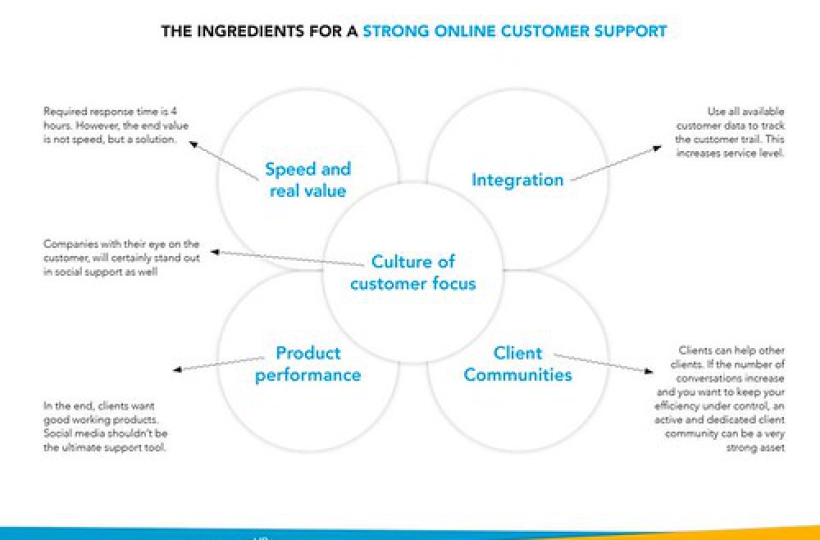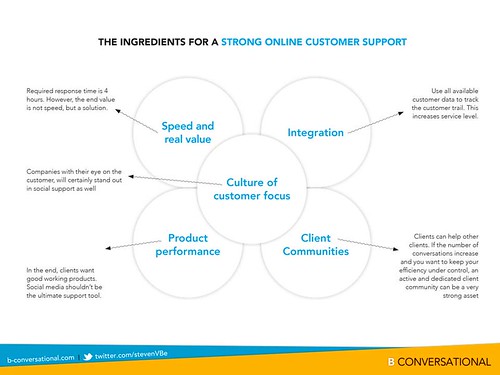The Challenge of Social Customer Service (âWebcareâ) for Brands

This is a guest post from UK-based social media consultant, Luke Brynley-Jones. Luke hosting two free webcare seminars in Amsterdam (26th June) and Brussels (3rd July), featuring speakers from Telenet, TNS Nipo, Belfius and UPC. Tickets are available now.
After several years of lagging behind their Marketing and PR colleagues, Customer Service teams are finally waking up to the potential that social media has to reduce costs, improve the customer experience and increase customer retention.
But progress is still frustrating. 47% of social media users engage in social customer service (‘webcare’), but only 36% of those report having their issue solved quickly and effectively. This has huge implications for brands.
- Get it right and customers will sing your praises, with 71% of consumers saying they would recommend a companyto others and44% saying they would use the company more frequently after receiving good customer care.
- Get it wrong and you risk losing customers. In fact, 93% of consumers have switched businesses at least once in the past year as a result of receiving poor customer service.
The bottom line is simple: we need to up our game.
Simply being on social channels is not enough. When responding to queries on Twitter, many companies simply copy and paste scripted responses – which is exactly what call centres have been so heavily criticised for – and more often than not it’s some variation of “Please DM meâ€. Although a quick response time is great, what customers are really concerned with is resolution time and making the process as simple as possible.
Central to this is delivering a consistent service across multiple-channels. As more options are opened up to consumers, conversations are increasingly switching between different channels; from email, to phone, to Twitter, and back to the phone. Brands must be able to track those conversations every step of the way, seeing a clear picture of who has said and done what, when and on which channel. Failing to do this will result in the customer having to repeat themselves and, potentially, having different team-members all working to fix the same problem – whether that be replicating or contradicting each other.
Is there cause for optimism?
There are certainly some brands doing a great job of social. O2, a British mobile network provider, is one such example. After suffering a network outage last year, their team jumped straight onto Twitter to respond to customers with personalised and humorous apologies and updates.
Likewise, in the Netherlands Vodafone have started promoting 24/7 webcare via Twitter.
The other positive is that the technology is starting to catch up. Traditional contact centre solutions such as Genesys are now moving to incorporate social, whilst social media monitoring tools like Sentiment Metrics are increasingly focusing not on reputation management, but customer service.
However, the overriding problem is that companies continue to prioritise attracting new customers above looking after existing ones. Research by Genesys suggests that globally we spend $500 billion on marketing and advertising every year and only $9 billion on customer service, regardless of the fact that the 80/20 rule tells us that 80% of a company’s future profits will come from only 20% of their existing customers.
Social customer service needs to become a much higher priority if companies are to survive in a world where consumers wield more power than ever. So far, most are falling a long way short.
About the future of online customer service
Thanks Luke for your contribution to my blog, and good luck with your webinars about this fantastic theme. I wanted to add something to your post. Last year, I interviewed 16 professionals in this field and as a summary, we found 5 elements that will determine the future of webcare. This is the summarizing model. The full article can be found here.
